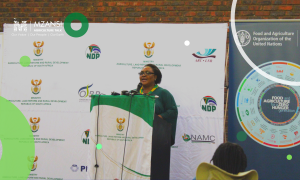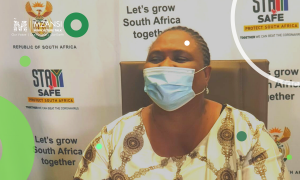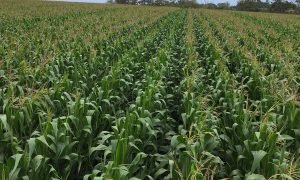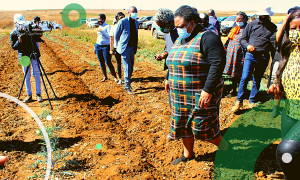The planting season for strawberries has earnestly begun and South Africa is struggling to be a global market leader in strawberry production.
Strawberry industry is a highly expensive and competitive market with a few or minute smallholder strawberries farmers playing a role. According to the National Agricultural Marketing Council (NAMC) SA Fruit Trade report, South Africa experienced a steady growth rate of strawberry production.
“In 2017/18, South Africa produced about 8 415 tons of strawberries with large volumes of consumed locally – 48% being sold in the National Fresh Produce Markets (NFPM) whereas 20% was purchased for processing purposes” said the NAMC.
There was a huge demand for strawberries locally and internationally largely driven by consumer healthy lifestyle preference. In the United States, 82% of shoppers include strawberries in their food basket.
Similar to South Africa, the consumer trends were showing acquiesce for strawberries. School nutrition especially pushed this demand as many schools have made it a prerequisite for parents to pack children healthy school lunch boxes.
Price of strawberries was also affordable for consumers making it easier to replace other traditional fruits.
“A total of 4 093.79 tons of strawberries were sold through the NFPMs at the end of 2018 and 3 190.59 tons in 2019 (Jan – Oct). The average monthly price for strawberries in 2018 was R32 422 per ton”
South Africa’s climatic diversity was seen as a beneficial arsenal in boosting strawberry production. Local breeding programmes contributed to the development of cultivars industry most commonly planted being Selekta and Chandler™
Exports on the other hand showed marks of positive trade balance. “Of all the countries, Namibia was the largest importer of strawberries exported by South Africa in 2018, representing a 96% share, followed by Swaziland (3%) and Lesotho (1%)” NAMC report stated.
The countries with the highest consumption were China (41%), the US (16%), Egypt (5%), Turkey (4%), Mexico (4%) and Germany (3%), together comprising almost 73% of global consumption. Except for the US, the NAMC believed these were potential markets South Africa could exploit.
However, to increase production, the strawberry industry required the participation of smallholder farmer players. Only one identifiable black family was involved in strawberry farming across South Africa, Carpentry Estates based in Ballito KwaZulu Natal.
Significantly there were barriers to entry as the set-up costs were ridiculous and after harvesting, strawberry farmers were compelled to destroy their strawberry plants.
The South African government also believed that strawberry production could open up agri tourism and create many jobs.




















